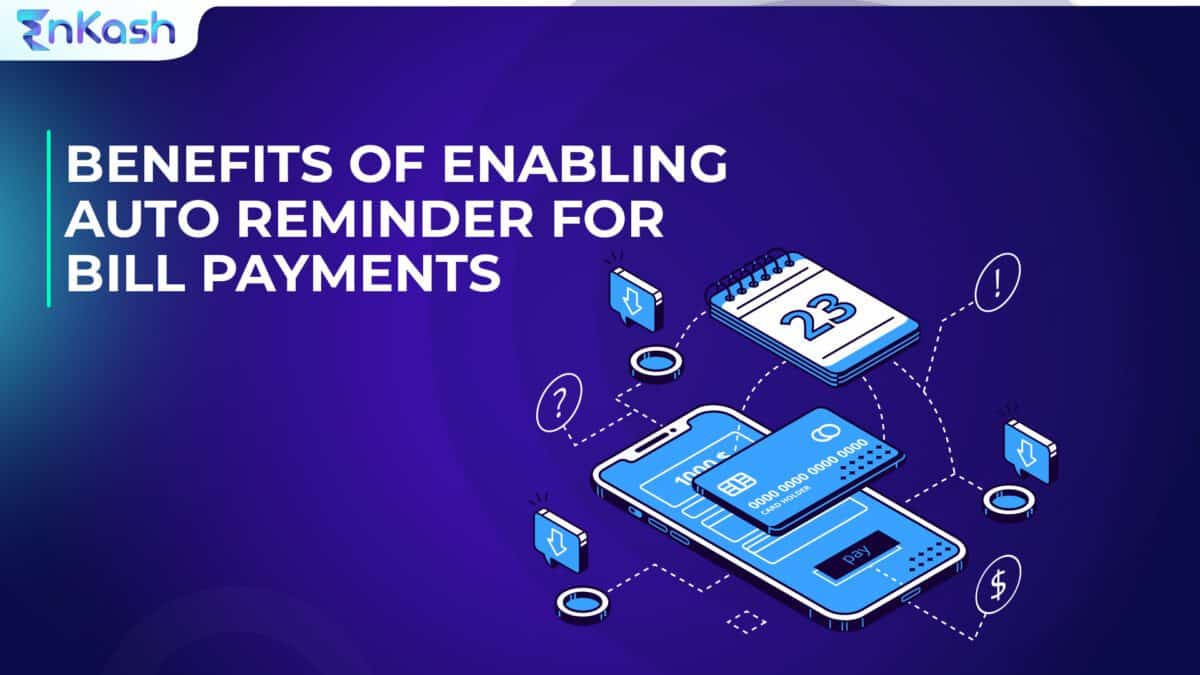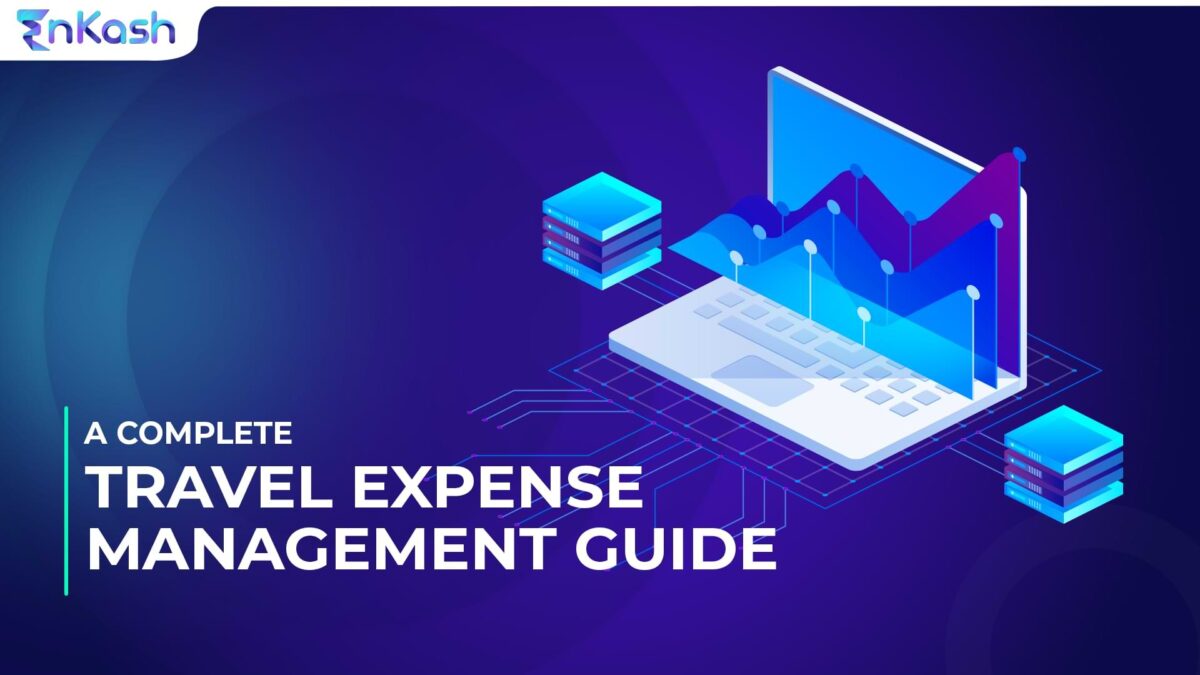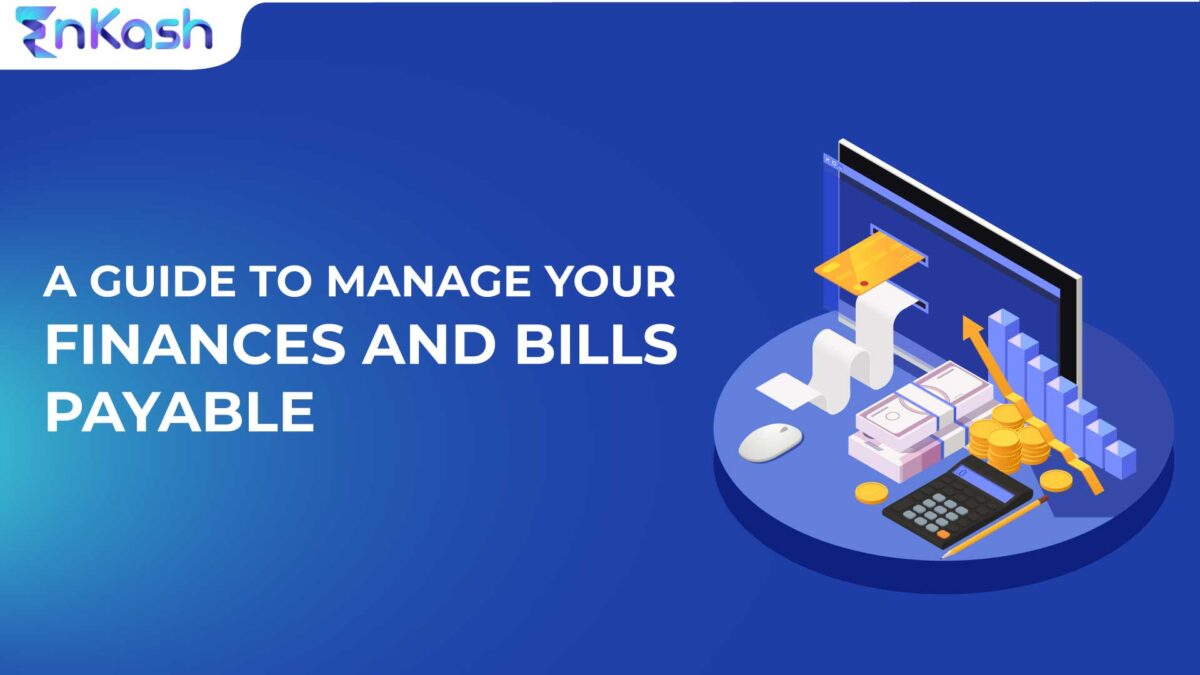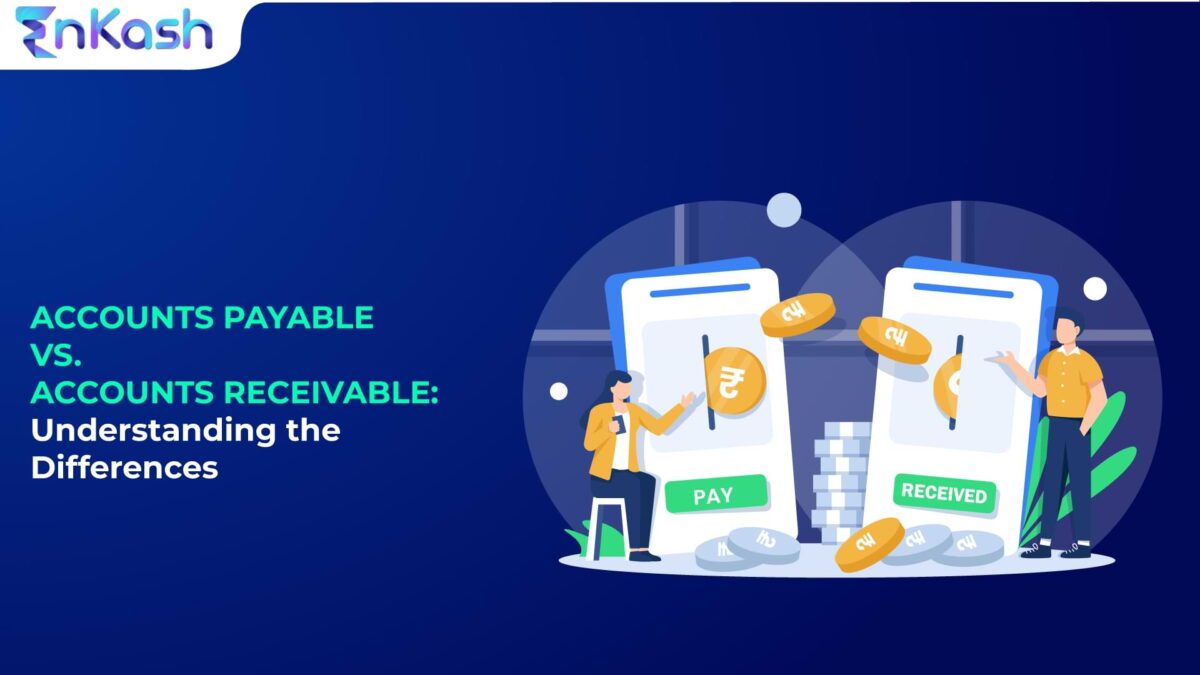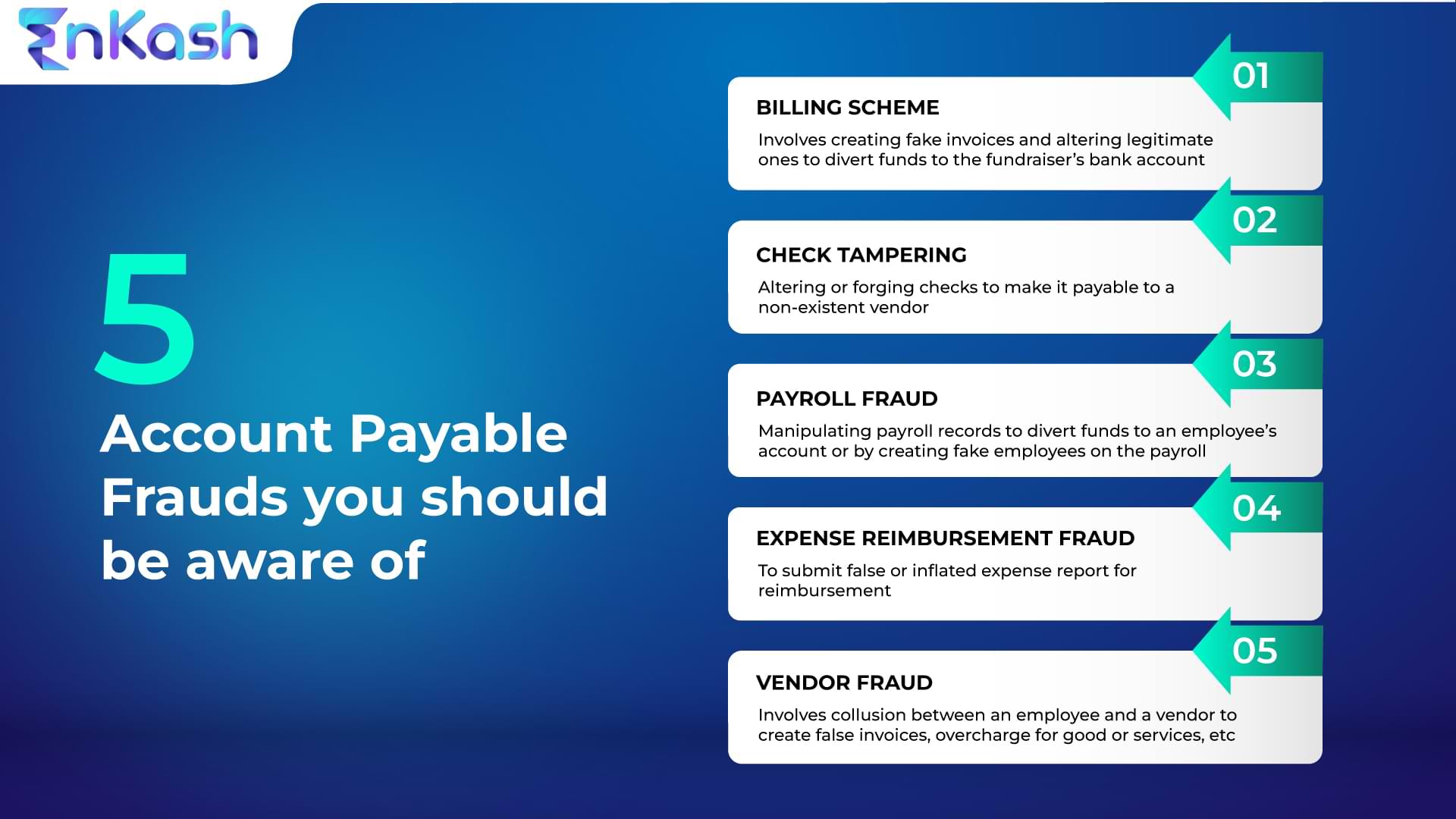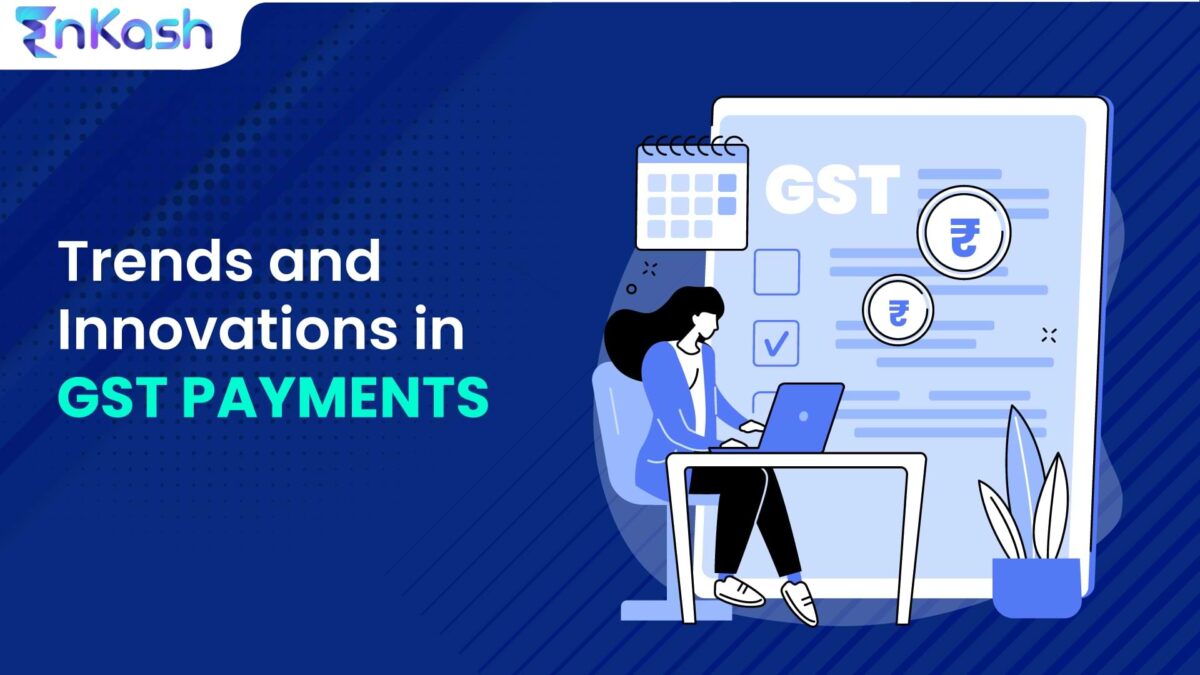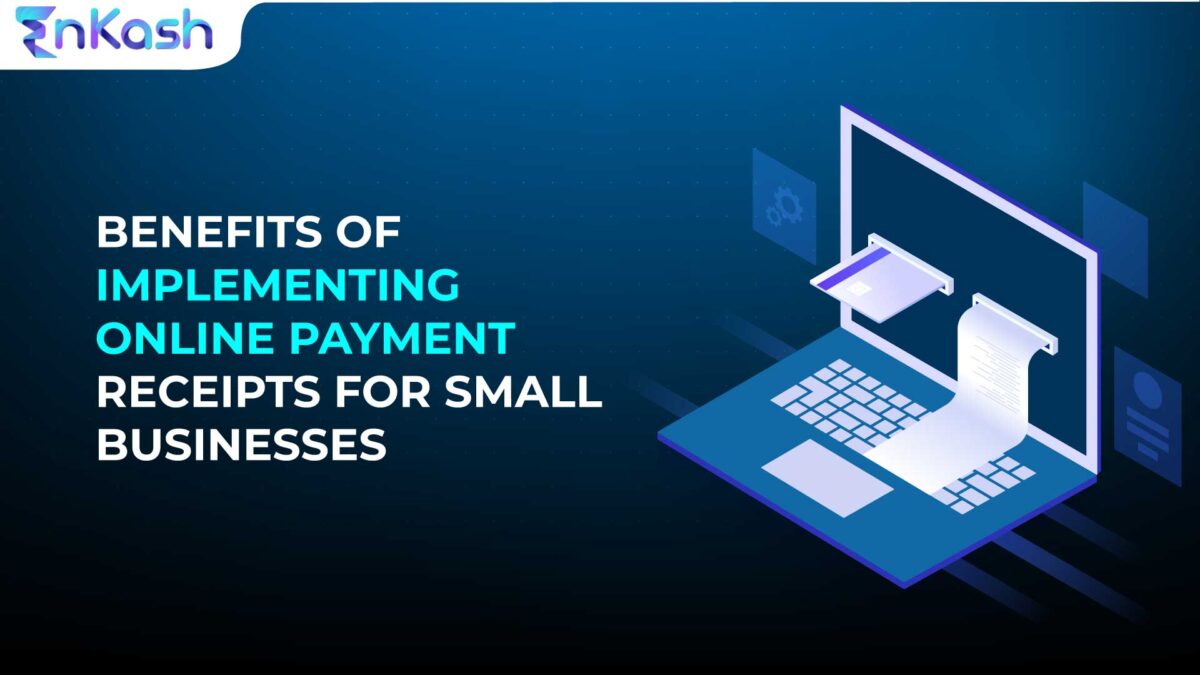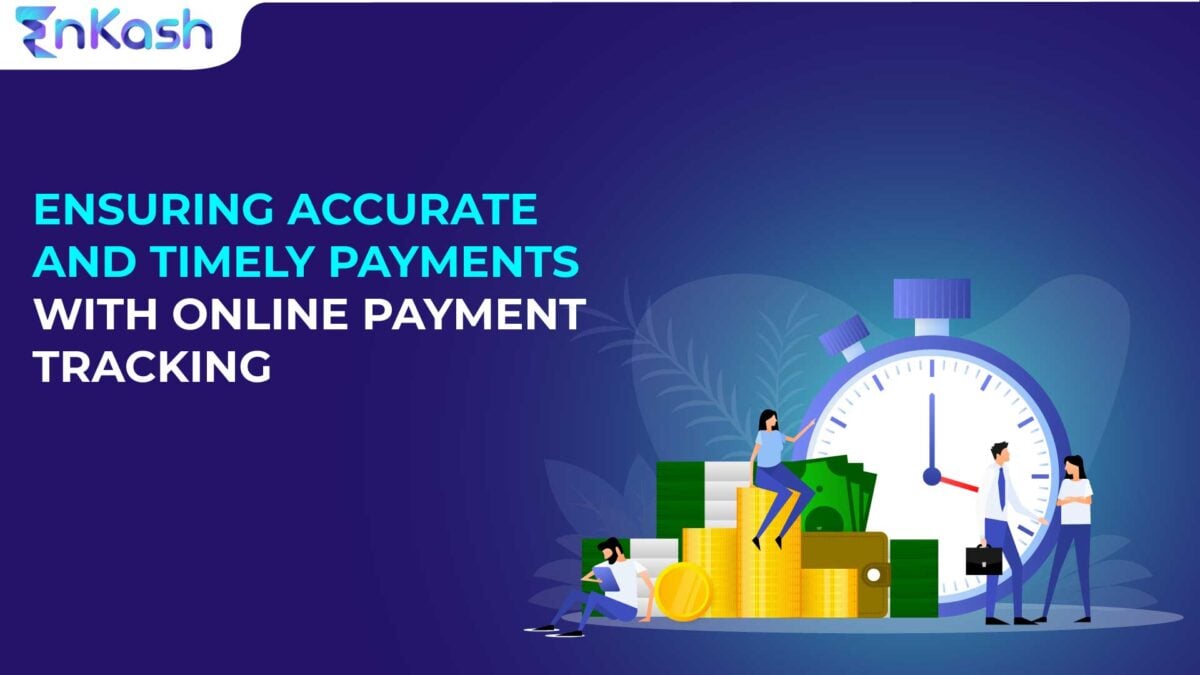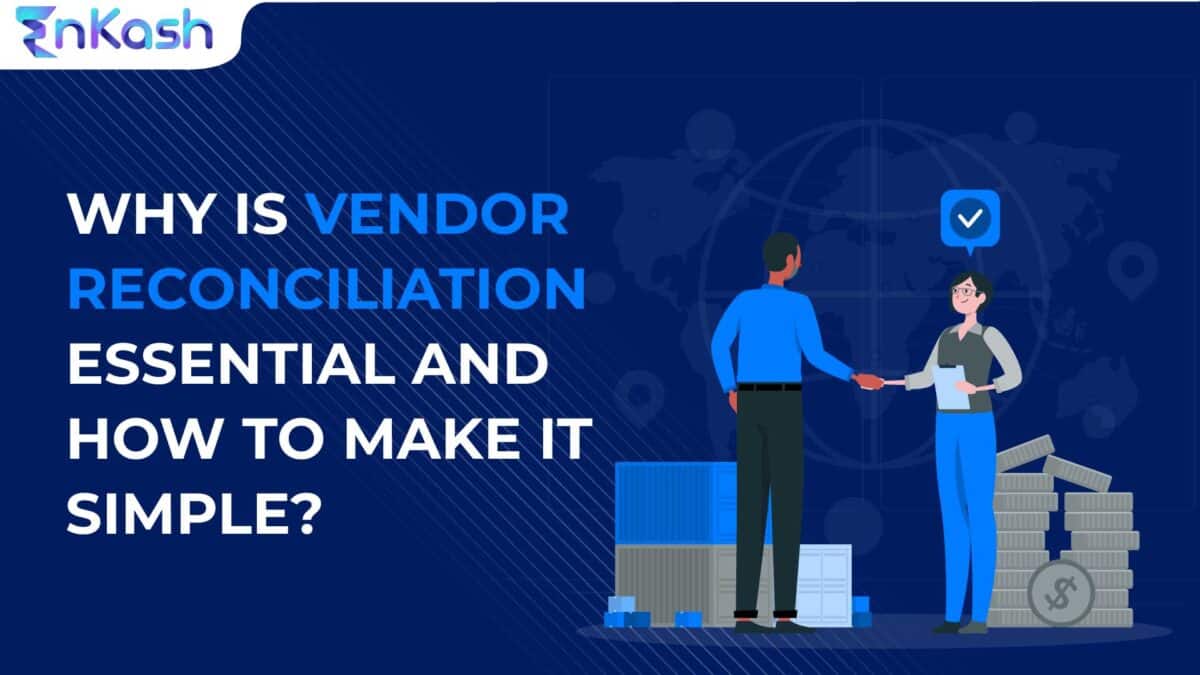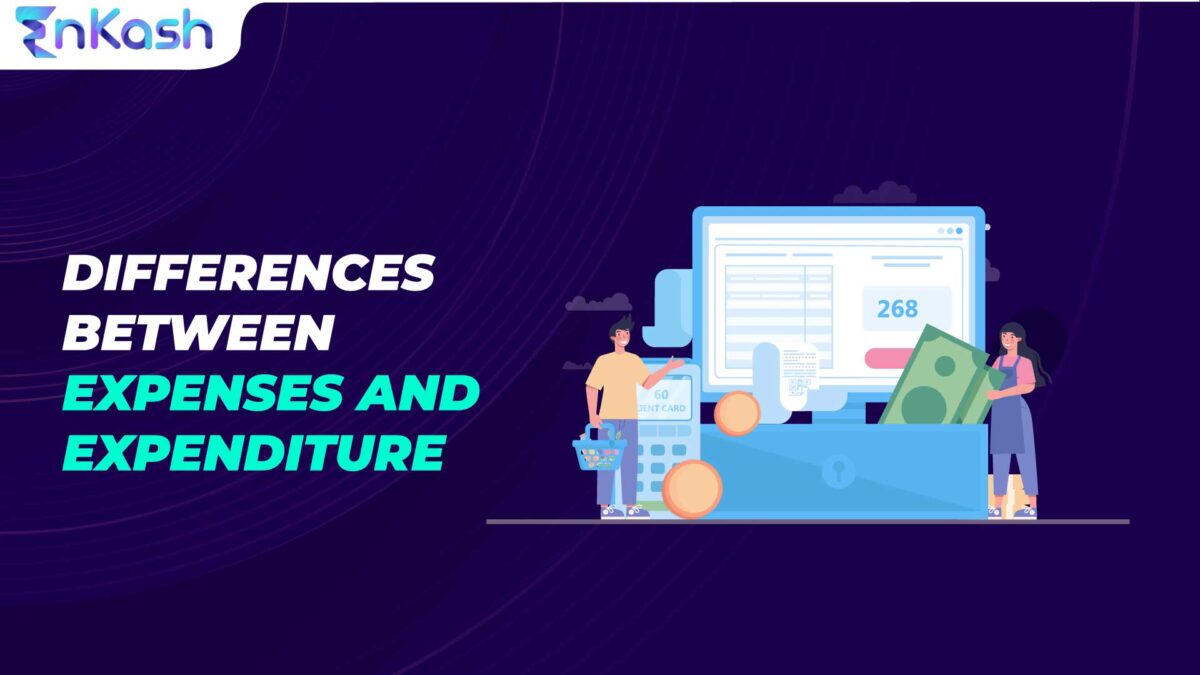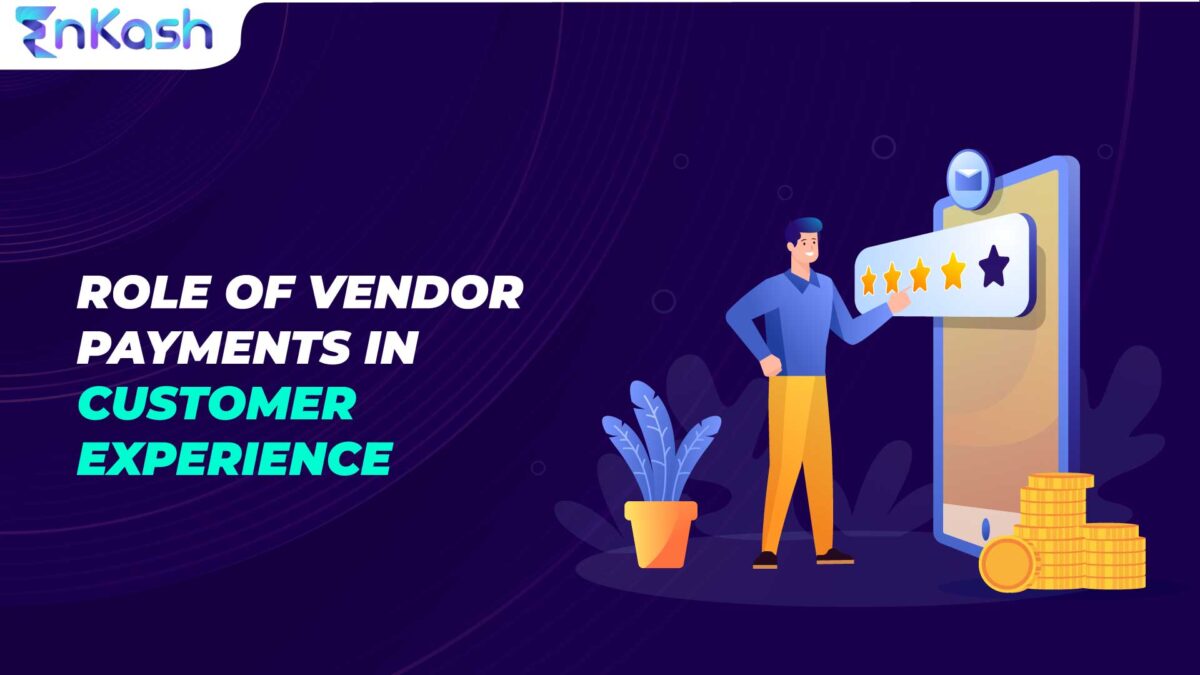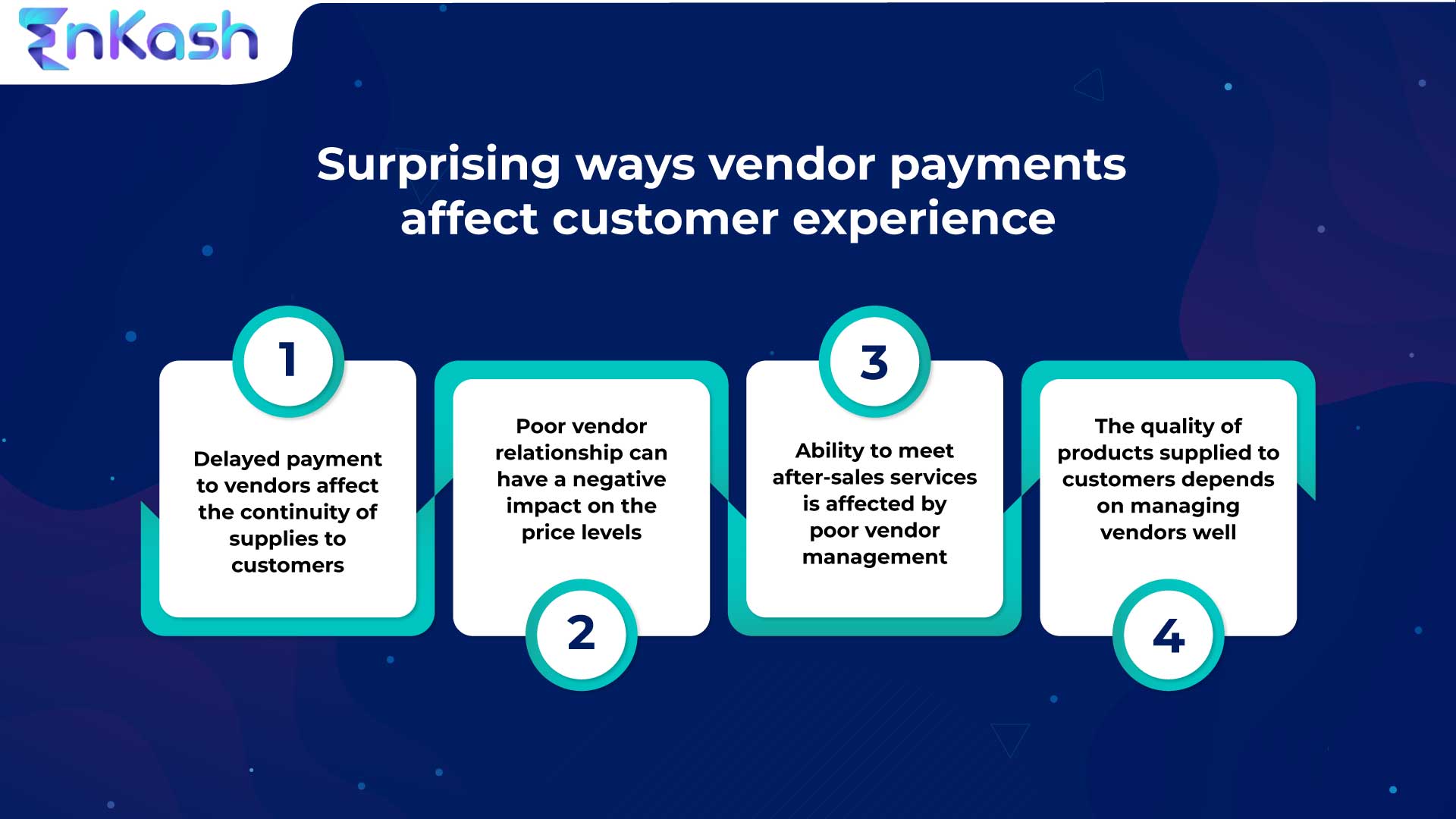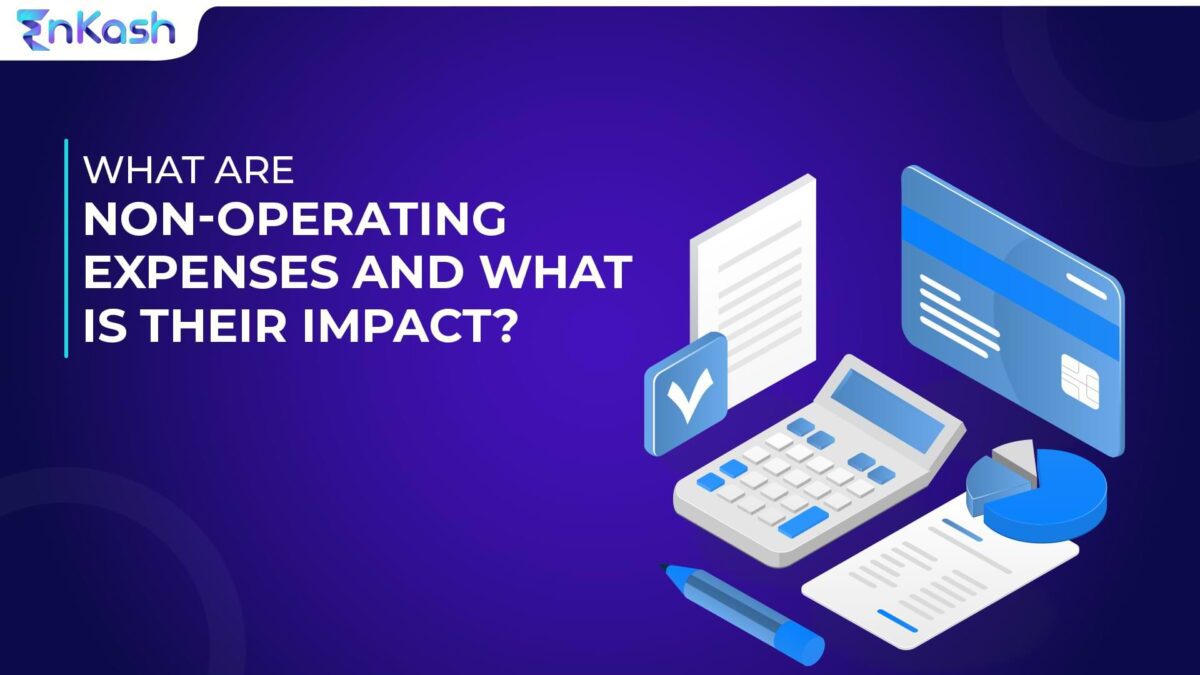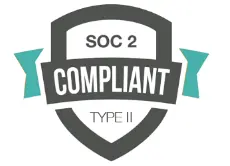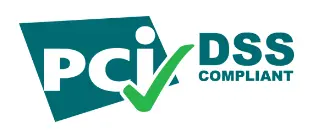Managing bill payments efficiently is crucial for maintaining healthy financial operations. Auto reminders for bill payments in businesses provide a valuable solution for streamlining financial operations and ensuring timely payments. By enabling automated reminders, businesses can eliminate the risk of missing payment due dates, late fees, and damaged relationships with vendors.
These invoice payment reminders help businesses stay organized, improve payment accuracy, and enhance cash flow management. With automated notifications, businesses can allocate their resources more efficiently, focus on core activities, and maintain strong financial health. Auto reminders also contribute to increased productivity, enhanced security, and improved financial planning.
In this blog post, we will explore the numerous benefits of enabling auto reminders for bill payments and how they can contribute to the success of your business.
Enhanced Payment Accuracy and Timeliness
By enabling auto reminders for bill payments, businesses can significantly improve payment accuracy and timeliness. Manual invoice payment systems are prone to human errors, such as forgetting payment due dates or misplacing invoices. However, with automated reminders, you can set up notifications to remind you of upcoming payment deadlines, ensuring that bills are paid on time and accurately. This reduces the risk of missing payments, late fees, and damaged vendor relationships.
Streamlined Financial Workflow
Managing bill payments manually can be a time-consuming task, especially when dealing with multiple vendors and suppliers. Enabling auto reminders streamlines the entire financial workflow by automating the notification process. With scheduled reminders, you can save valuable time and effort that would otherwise be spent on manually tracking and remembering payment due dates. This allows you to focus on more strategic and revenue-generating activities for your business.
Improved Cash Flow Management
Maintaining a healthy cash flow is crucial for the success and stability of any business. Late or missed bill payments can disrupt cash flow and impact your ability to meet financial obligations. By enabling auto reminders, you can ensure that bills are paid on time, minimizing the risk of cash flow disruptions. Having a clear overview of upcoming payment obligations enables better cash flow planning, allowing you to allocate resources efficiently and make informed financial decisions.
Avoidance of Penalties and Late Fees
Late payments often come with penalties and late fees that can eat into your business’s profitability. These extra costs can add up over time and impact your bottom line. Auto reminders help you avoid such penalties by notifying you well in advance of upcoming payment deadlines. With prompt reminders, you can take immediate action, ensuring that payments are made on time and avoiding unnecessary expenses.
Strengthened Vendor Relationships
Building and maintaining strong vendor relationships is essential for a thriving business. Late or missed bill payments can strain these relationships, tarnishing your reputation and potentially causing vendors to reconsider their association with your company. By enabling auto reminders, you can demonstrate reliability and professionalism in your payment processes. Consistently meeting payment deadlines helps foster positive relationships with vendors, enhancing trust and opening doors for future collaboration and beneficial partnerships.
Increased Efficiency and Productivity
Enabling auto reminders for bill payments allows businesses to operate more efficiently and increase productivity. With automated notifications, you no longer have to spend time manually tracking payment due dates or following up with vendors. This frees up valuable resources that can be redirected towards more productive tasks, such as business development, customer service, or strategic planning. By automating bill payment reminders, you can streamline your operations and maximize your team’s efficiency.
Improved Financial Planning and Budgeting
Auto reminders for bill payments play a crucial role in effective financial planning and budgeting. By having a clear overview of upcoming payment obligations, businesses can better forecast their financial commitments and allocate funds accordingly. This enables more accurate budgeting and helps prevent any surprises or cash flow shortfalls. With automated reminders, you can align your payment schedules with your revenue streams and ensure that you always have sufficient funds available for timely invoice payments.
Enhanced Security and Fraud Prevention
Automated bill overdue payment reminders contribute to improved security and fraud prevention for businesses. Manual payment processes can be vulnerable to errors, fraud attempts, or unauthorized access. However, with auto reminders, you can integrate secure payment gateways and authentication mechanisms to ensure that payments are made securely. Additionally, automated reminders can help detect any suspicious activity or discrepancies, allowing you to take immediate action to prevent fraudulent transactions and protect your business’s financial interests.
Simplify Auto Reminders with EnKash’s Payment Platform
EnKash is a fintech company specializing in corporate credit card solutions. They aim to offer innovative payment and expense management solutions primarily targeted at small and medium-sized enterprises (SMEs) and startups.
The company offers a seamless solution for businesses to enable auto invoice reminders. With EnKash’s intuitive interface and advanced features, businesses can automate their bill payment reminders effortlessly. Here’s how EnKash simplifies the process:
Automated Payment Reminders
EnKash’s payment platform allows businesses to schedule automated payment reminders for upcoming bill payments. You can set custom notification preferences and receive timely alerts via email or SMS, ensuring that you never miss a payment deadline.
Centralized Payment Dashboard
EnKash provides a centralized payment dashboard where businesses can track and manage all their bill payments in one place. This streamlined view allows you to easily monitor payment statuses, due dates, and any outstanding invoices, empowering you with better control and visibility over your financial obligations.
Integration with Existing Systems
EnKash seamlessly integrates with your existing accounting or ERP systems, making it convenient to sync your bill payment data and automate reminders based on predefined rules. This integration eliminates the need for manual data entry and ensures accuracy and consistency in your payment processes.
Customizable Reminders and Templates
EnKash offers customizable reminder templates, allowing you to tailor the content and format of your reminders to match your business’s branding and communication style. You can personalize the reminders with specific payment details, vendor information, and relevant instructions, enhancing the professionalism of your communication.
Secure Payment Processing
EnKash prioritizes security and provides robust payment processing infrastructure. With built-in encryption and compliance with industry standards, you can trust that your bill payments are processed securely and confidentially. This ensures the protection of sensitive financial data and safeguards your business from potential payment-related risks.
In a Nutshell!
Enabling auto reminders for bill payments brings numerous benefits to businesses, including enhanced payment accuracy and timeliness, streamlined financial workflows, improved cash flow management, avoidance of penalties and late fees, and strengthened vendor relationships. By leveraging automation to handle bill payment reminders, businesses can optimize their financial operations, reduce manual errors, and focus on strategic initiatives that drive growth and success. Embrace the power of auto-reminders and experience the transformative impact they can have on your business’s financial health.






